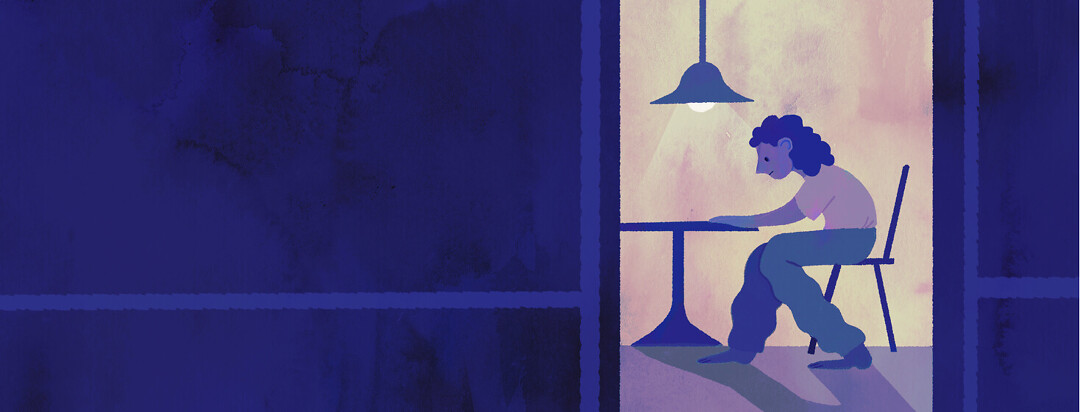For Me, Grief Looks Like…
Grief is complex and can look different for everyone. There may be terms thrown around that are unfamiliar. Read the definitions below for some of the many types of grief, but remember that it’s okay if your grief does not fit neatly into a definition or term - grief is anything but orderly.
Feel free to share about your grief - whether it fits a definition or not - in the comments. Together, we can help each other feel less alone during difficult times.
We’re here for you.
Defining grief
- ❤️ Cumulative grief: These are the emotions we feel in response to more than 1 loss at once. Cumulative grief can look like losing multiple loved ones at once. It can also mean experiencing a loss while grieving another loss or losses.1
- 💙 Ambiguous loss: This is how we feel in response to a loss that lacks clarity and is not marked by a definite moment. For example, you might feel ambiguous loss when a person is still alive but has gone missing or is no longer acting like themselves.2
- 💚 Disenfranchised grief: Also called hidden grief, this is the type of grief felt when a person’s response to a death is not accepted or acknowledged by society or their community. Disenfranchised grief can look like losing a pet and being told that they weren't a "real" member of your family. A nurse or other healthcare professional who loses a patient may feel this type of grief because the loss is supposed to be "just a part of the job." Recovery may be impaired for those whose grief is hidden.3
- 💛 Traumatic grief: Traumatic grief is severe separation distress after the unexpected or violent loss of a loved one. This type of grief is likely accompanied by numbness and shock.3
- 🧡 Delayed grief: In delayed grief, the feeling of grief is absent until a significant time later.4

Join the conversation